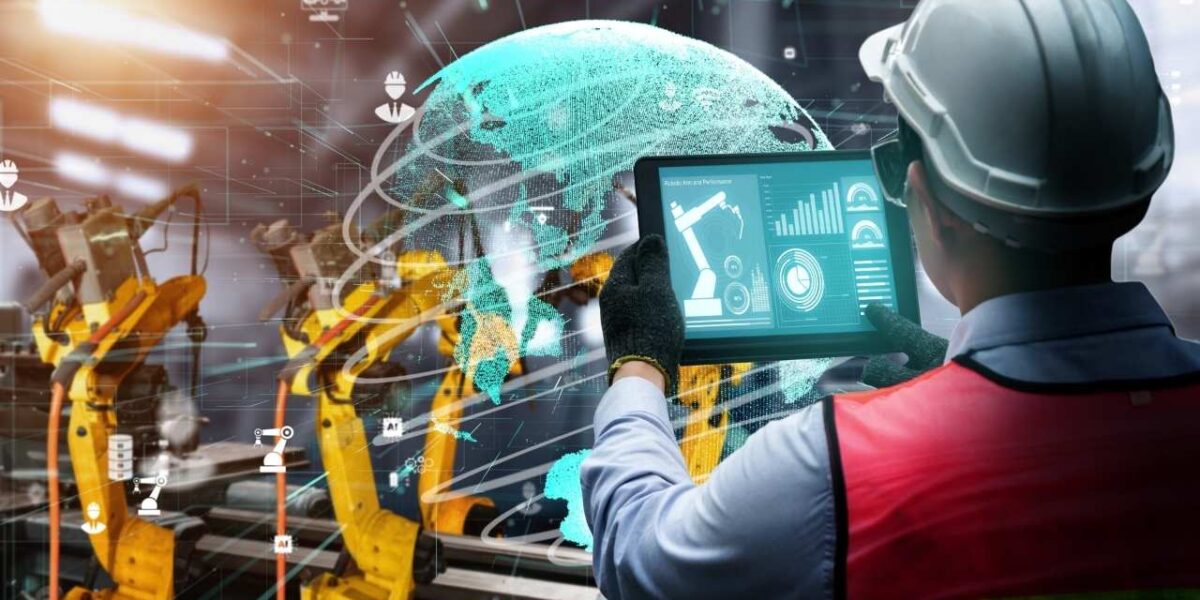The ways we work with the metals that underlie the remarkable technological advances haven’t changed significantly in thousands of years. According to Techxplore, things are now changing as the materials manufacturing industry uses new and innovative technologies, processes, and methods to improve existing products and create new ones. Scientists working in PNNL’s Mathematics for Artificial Reasoning in Science initiative are pioneering approaches in the branch of artificial intelligence known as machine learning to design and train computer software programs that guide the development of new manufacturing processes.
These software programs are trained to recognize patterns in manufacturing data and use this pattern recognition capability to recommend, or predict, settings in manufacturing processes that will yield materials with improved properties—lighter, stronger, or more conductive, for example—than materials produced using traditional methods.
Using these machine learning tools, the team believes it can shorten months instead of years from the lab to the factory floor. With the guidance of the tools’ predictions, the materials scientists only need to perform a handful of experiments, instead of dozens, to determine, for example, what settings lead to desired properties in an aluminum tube.
Keerti Kappagantula, materials scientist, and Henry Kvinge, data scientist and mathematician, are developing artificial intelligence to look at manufacturing research data and recommend what experiments to try next.
In this project, Kvinge and his colleagues first developed a machine learning model called differential property classification that leverages machine learning’s pattern-matching capability to distinguish between two sets of process parameters to determine which, if either, will more likely result in a material with the desired properties.
The model allows materials scientists to home in on optimal parameters before setting up an experiment, which can be costly and require much prep work.
Before moving forward with an experiment recommended by a machine learning model, Kappagantula said she needed to trust the model’s recommendation.
This concept, known as interpretability, or explainability, in machine learning, has different meanings for experts in various domains. For data scientists, explaining how a machine learning model arrived at its prediction may be entirely different than an explanation that makes sense to materials scientists.
The team is currently validating this model and aims to make it a part of a software framework that materials scientists can use to determine which experiments to perform while developing advanced manufacturing techniques that transform materials production and properties.
By enrolling in the Post-Graduate Diploma in Machine Learning and Artificial Intelligence, you can be part of the continuous development of technology. At the same time, you are securing a career whose role is currently in high demand.

